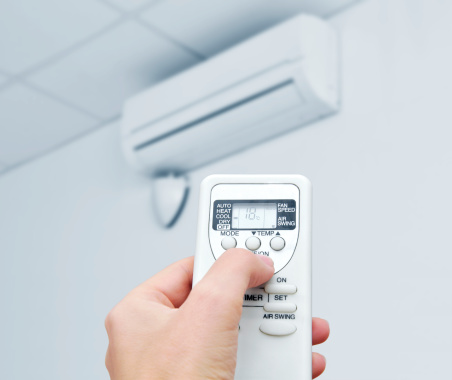
The term energy management can fall into several different categories. The management system mentioned in this article is relative to saving energy in the public sector and inside residences.
Using Energy Managment Systems:
Energy management is a procedure used in order to control, monitor and in the end conserve energy inside of a building. Just like any system a series of steps are used in order to attain the end result:
Step One: Energy consumption is measured using a meter. The data from the meter is subsequently collected.
Step Two: The responsible energy consumer finds ways to save energy. He or she estimates how much energy is being used. The smart consumer uses the information as a means to find opportunities to save energy. One scenario is analyzing the data on the meter. Analysis could lead to quantification of basic energy waste. Another means of assuring energy efficiency is replacing the existing equipment–an example is lighting. Another way a consumer may save energy-wise is to attain insulation that proves more energy-efficient.
Step Three: The energy efficient consumer makes it a point to identify energy savings opportunities such as upgrades where equipment is lacking from an energy standpoint. The opportunity that yields the best result is the place to start an energy savings campaign.
Step Four: The energy efficient consumer tracks the specific process of his or her related energy savings activities. One way to do it is to analyze the data on the meter to determine how well energy saving efforts are working.
Once the first energy opportunity is carried out with success, the energy cycle repeats itself, starting at the second step, making use of the next energy-savings opportunity.
The wise energy efficient consumer knows not to use energy management incorrectly. Some consumers make it a point to work with existing equipment. Such a plan merely looks at how a piece of equipment performs as it relates to energy consumption–it does not cover energy matters such as using newer energy-efficient equipment in order to save a great deal of money.
The above four-step process applies either way – it’s entirely up to the consumer whether he or she buys new equipment or reviews improper use of existing equipment.
In summary, if an energy aware consumer is working at reducing energy consumption and is still making use of his or her existing equipment or if he or she is installing new energy efficient, equipment, the steps mentioned above are systematic and will make planning and maintaining a more energy efficient environment a reality.
Follow our blog to learn more about energy management systems and other ways on how to make your heating and cooling systems run more efficiently.

